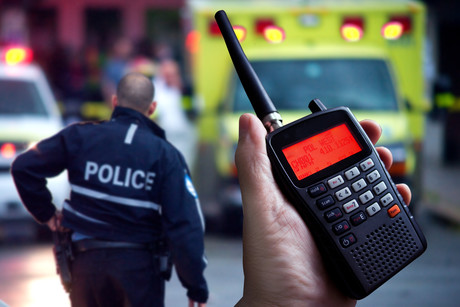Improvements made to emergency services communication

The first LTE broadcast enabled push-to-talk (PTT) has been delivered on Telstra’s live LTE network.
Motorola Solutions and Ericsson developed the technology, which allows PTT group calls to be delivered simultaneously to all members of a group call on Telstra’s LTE Advanced Network for Emergency Services (LANES).
The technology is based on the 3GPP release 13 standard known as MC-PTT over LTE. It will allow PSAs (public safety agencies) and enterprises to extend PTT capabilities to more users via both hardened devices and regular smartphones, as well as provide complementary coverage and capacity to LMR networks.
“While mission-critical LMR systems will continue to provide the critical means of frontline communication for many years to come, this new 3GPP-based technology provides an excellent way of extending the reach of LMR networks to many more technology users, regardless of whether they communicate with a smartphone, hardened device or a desktop computer,” said Bruce Brda, executive vice president products and services with Motorola Solutions.
This paves the way for Motorola Solutions, Telstra and Ericsson to undertake further network trials this year and for commercial services to be available from 2018, harnessing the prioritised access and priority data capabilities that LANES offers for critical communications today.
The solution delivers critical communications capabilities, including optimised PTT latency, flexible talk group management and call pre-emption for LTE devices such as smartphones, tablets and desktop computers. The use of LTE Broadcast allows faster call set-up times and reduced PTT latency, and uses efficient downlink bandwidths for group PTT calls.
The addition of an assured PTT service to Telstra’s prioritised access LANES network comes after the launch of Telstra’s LANES Emergency solution in 2016, which included VoLTE for public safety capability.
The teams will continue to develop the full 3GPP mission-critical push-to-talk Release 13 and 14 capabilities, as well as undertake network testing to optimise solution performance and measure key metrics such as coverage, latency and capacity.
New model Code of Practice published for managing silica dust risks
A new model Code of Practice for managing risks of respirable crystalline silica in the workplace...
SafeWork NSW inspectors to don body-worn video
To deter violence or aggression against SafeWork NSW inspectors, the NSW Government has commenced...
Oz-based PIP completes Honeywell PPE acquisition
Australian-based company Protective Industrial Products, Inc. has completed its acquisition of...








